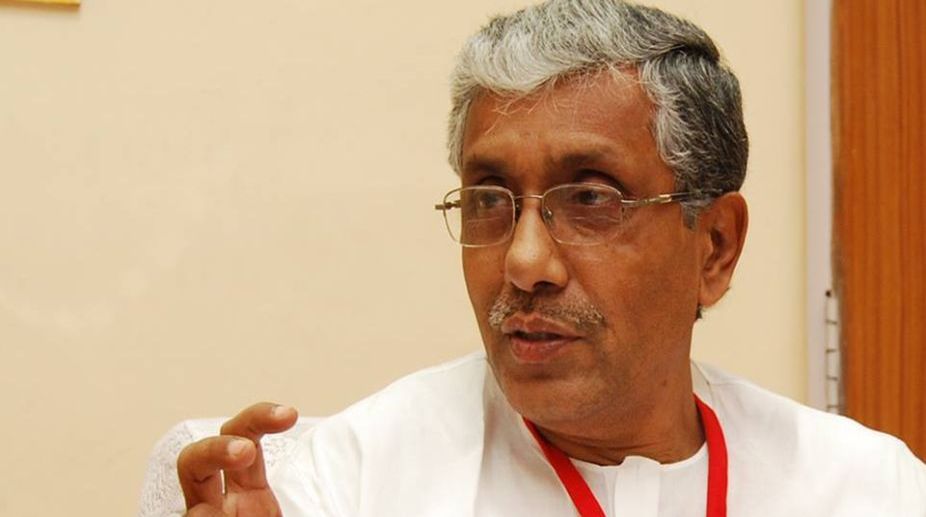Tripura Chief Minister Manik Sarkar on Tuesday unveiled a “Martyrs Memorial” and park in western Tripura in memory of 12 farmers massacred by police in the peasants’ agitation of 1948.
The Left Front government has erected the “Martyrs’ Memorial”, and a tribal cultural centre at an area of around 26 acres at Golaghati, 45 km south of Agartala.
“During a famine and a farmers’ movement, police of the then princely rulers fired on the starving tribal peasants killing seven on the spot and injuring 15 on October 9, 1948 at Golaghati. Subsequently, five tribals succumbed,” veteran tribal Communist leader Niranjan Debbarma said.
He said: “After the Golaghati massacre, the military shot dead three struggling young women at western Tripura’s Khowai. These young women were fighting against the kings’ “Titun Pratha” (slavery or free labouring)”.
Debbarma, currently a Communist Party of India-Marxist (CPI-M) lawmaker of Tripura assembly, said the news of these killings spread across the mountainous state like wildfire and created huge agony among all section of people, especially among the tribals.
Renowned writer and Left leader Subrata Chakraborty said the entire 26 acres of land had been donated by the tribal villagers.
At the end of 517-year rule (1432-1949) by 184 kings, on October 15, 1949, the erstwhile princely state came under the control of India according to a merger agreement signed between Kanchan Prabha Devi, then regent maharani, and the Governor General of India.
The tribal leader said that before and after the Golaghati massacre, the oppression, deprivation and backwardness boosted the tribals led by former Chief Minister Dasaratha Deb, a father figure of the Communist movement in Tripura, to form Tripura Upajati Gana Mukti Parishad (TUGMP) in May 1948.
Presently the TUGMP is the frontal tribal body of the ruling CPI-M and oldest tribal party of the northeastern region.
While addressing the gathering at Golaghati after inaugurating the park, Chief Minister Sarkar said that since the assumption of the first Left Front government in Tripura in 1978, the development of all sections of people and both plains and hills, specially the tribals and hilly areas, are unparalleled in the country.
“Backed and misguided by vested interested groups and political parties, the decades-old terrorism was the big obstacle for the all round development of the state and its people,” Sarkar said.












